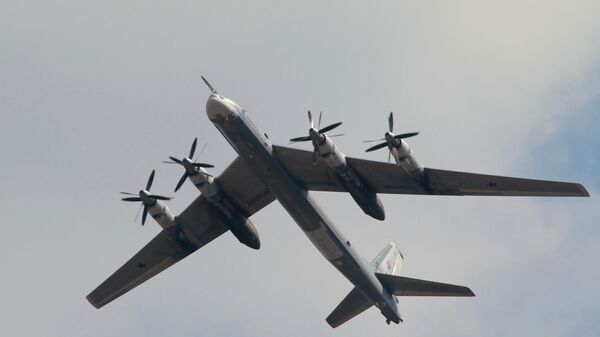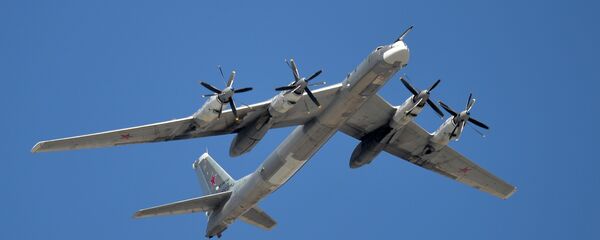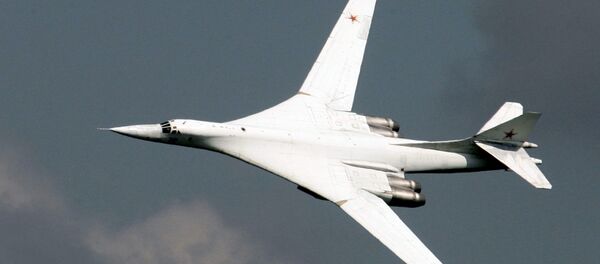According to Viktor Murakhovsky, the launch of the Kh-101 missiles in Syria helped Russia achieve two main goals: the real combat task in destroying Daesh targets and the test of military equipment.
"Instead of launching the missiles somewhere on the Novaya Zemlya or at the Kura [a missile test range in Kamchatka], it is better to destroy the real terrorists' targets. This is a real combat experience and the tests of weapons and military equipment," Murakhovsky told Sputnik.
At the same time, President of the Academy of geopolitical issues Konstantin Sivkov told Sputnik that this is not the first time the Kh-101 missiles had been used in Syria. While the previous launches were conducted from much bigger ranges, while the latest strike from a range of some 1,000 kilometers.
"At the moment, there are no problems in the Homs area that our air groupat the Hmeymim [Russian airbase in the Latakia province] cannot solve, so I believe that in this case it is simply the development of the use of these missiles on real targets," Sivkov said.
The Kh-101 (in Russian: X-101) is a strategic, air-launched Russian cruise missile, manufactured using modern technology to reduce radar visibility. It can destroy a target up to 4,500 kilometers away. This type of missiles could be equipped with a nuclear warhead. The Kh-101 uses GLONASS, the Russian satellite navigation system, for trajectory correction and is reported to have an accuracy of five to six meters.
Up to 12 Kh-101s can be equipped onto the Tupolev Tu-160 (Blackjack), while the Tupolev Tu-95 (Bear) is capable of carrying a maximum of eight of these missiles.
Previously, the Russian aviation launched Kh-101 missile strikes on Daesh targets in February 2017, destroying several terrorist camps, training centers and a command post of one of the major terrorists' units near Raqqa.




